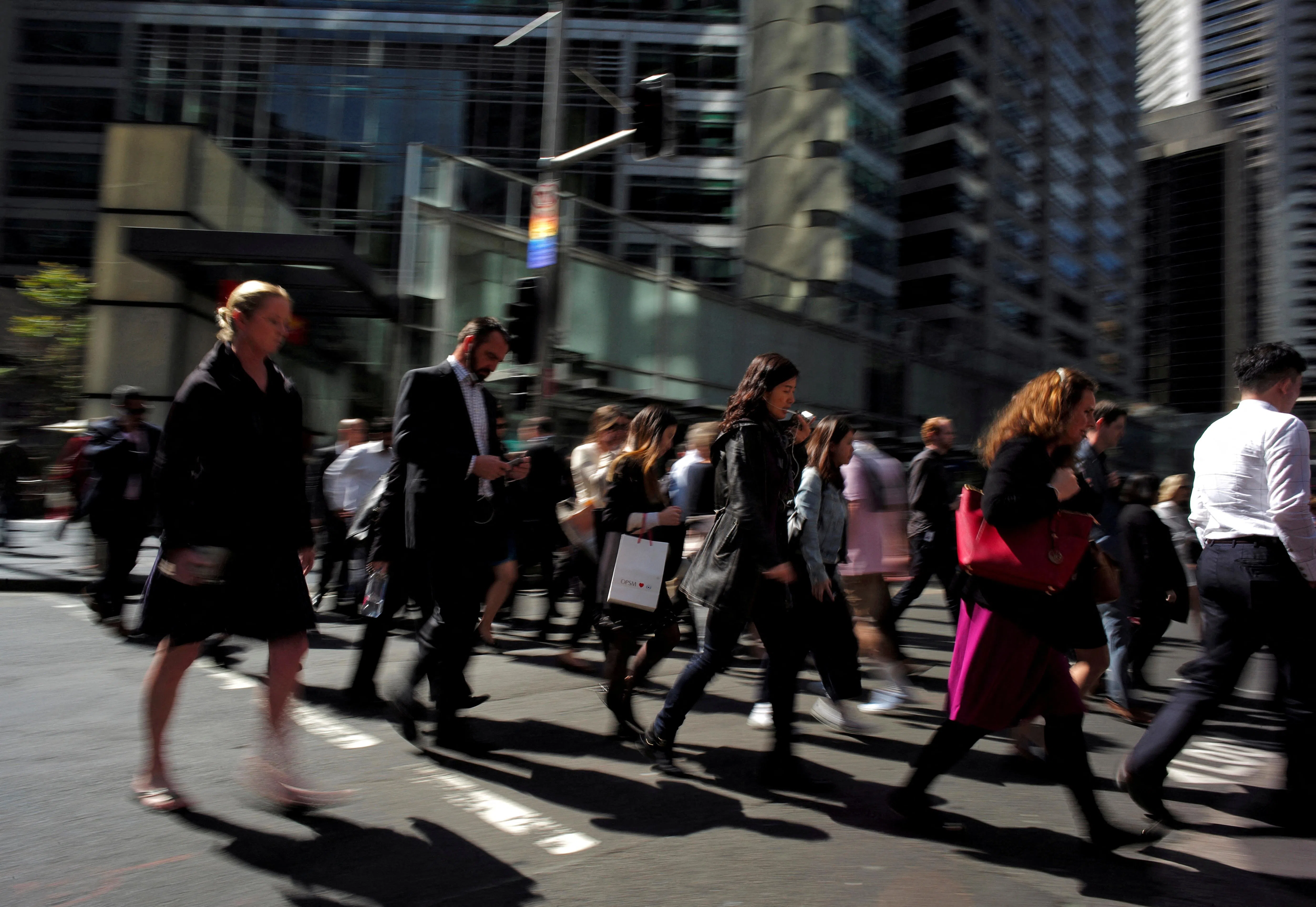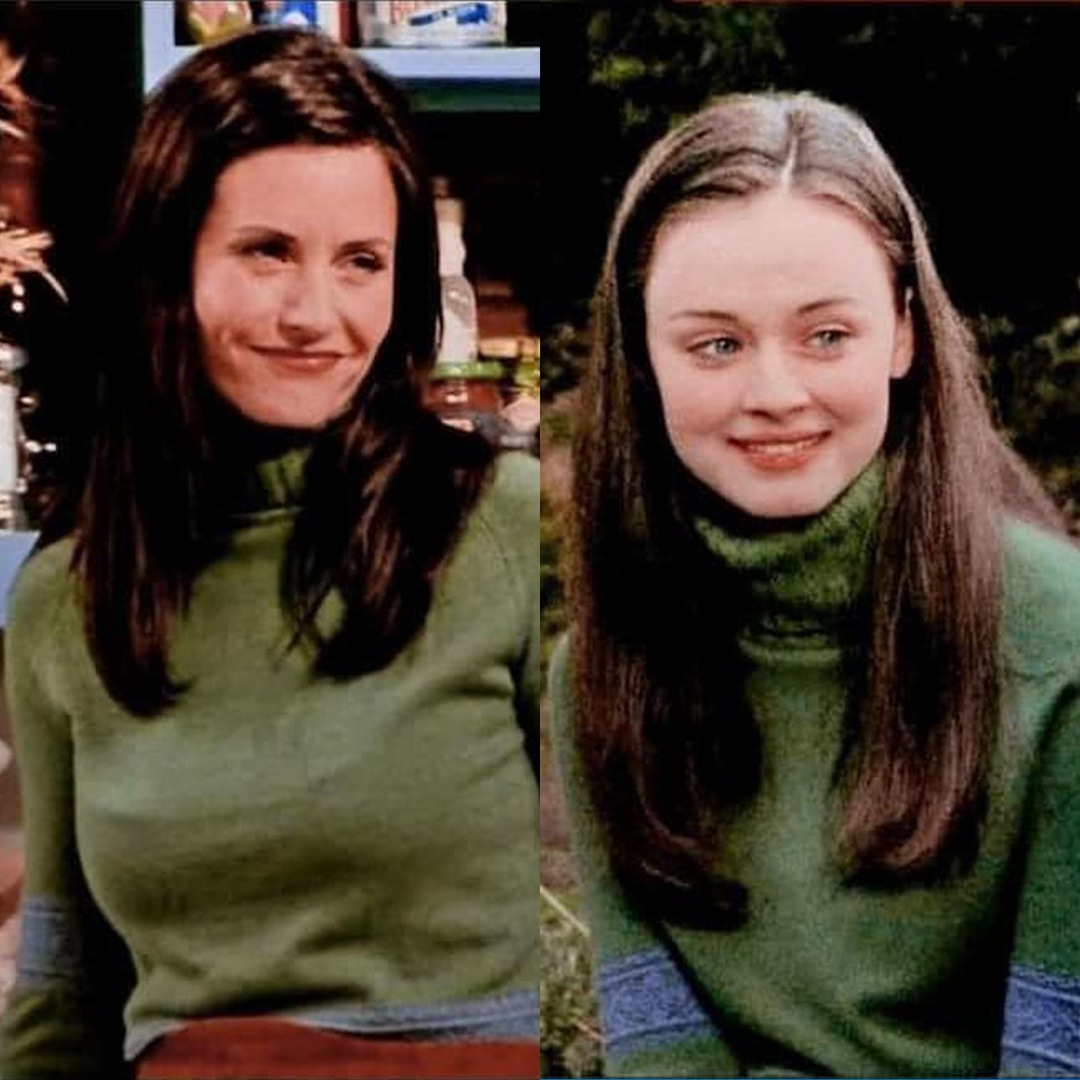AUSTRALIA’S economic growth remained sluggish last quarter as a surge in government spending underpinned the expansion, highlighting the Reserve Bank of Australia’s (RBA) policy challenge as inflation is still stubbornly sticky.
Gross domestic product rose 0.8 per cent from a year earlier, the weakest reading – excluding the pandemic – since December 1991, when the economy was mired in recession, official data showed on Wednesday (Dec 4). On a per capita basis, GDP slid for a seventh consecutive quarter, also the worst result since 1991.
The data sparked a drop in the currency – down 0.7 per cent – and a fall in policy sensitive three-year government bond yields. Swaps traders boosted bets to fully price an April interest-rate cut, compared with about 60 per cent odds on Tuesday.
“Weak growth highlights the need for interest rate cuts but this is difficult for the RBA to deliver given inflation remains uncomfortably high,” said Alex Joiner, chief economist at IFM Investors. “The economy remains over-reliant on the public sector and population growth and suffers from a lack of productivity. This growth mix will need to change.”
The RBA has been trying to slow demand in the economy to ease price pressures, and while it has succeeded in the former, the latter is failing to follow the script. Inflation has only come down slowly and at an underlying level remains above the central bank’s 2 to 3 per cent target.
“The economy is undeniably weaker than the RBA had assumed,” said Callam Pickering, economist at global job site Indeed. “Now is that enough to offset a very tight labour market and relatively high underlying and service sector inflation? Probably not, but it will give the RBA plenty to think about.”
BT in your inbox
Start and end each day with the latest news stories and analyses delivered straight to your inbox.
Annual economic growth looks set to fall short of the RBA’s forecast 1.5 per cent by year’s end, and is well below the decade average of 2.3 per cent.
The result is also going to intensify pressure on the government to keep increasing spending to support the economy, particularly as it faces a tight election due in the next six months. The one consistently positive metric has been the labour market, with hiring holding up and unemployment still at a historically low 4.1 per cent.
The upshot has been a cautious central bank that has kept the cash rate at 4.35 per cent for the past year. By comparison, the US Federal Reserve may cut for a third straight meeting this month.
Wednesday’s report showed the household savings ratio climbed to 3.2 per cent as Australians saved tax cuts and government cost-of-living support measures.
Household spending was flat and contributed nothing to third-quarter GDP growth. A key factor there was electricity and gas spending as energy bill relief rebates were treated as a shift from household to government expenditure in the national accounts.
“If you are the RBA and the case to cut is not compelling, you’d probably wait for cleaner data and more data,” said Su-Lin Ong, chief economist at Royal Bank of Canada. “The key is that there is still considerable uncertainty over the household consumption outlook and the RBA also appears uncertain.”
Further complicating the RBA’s inflation fight is Australia’s poor productivity, economists said, with Wednesday’s data showing GDP per hour worked fell again last quarter.
The report also showed:
GDP rose 0.3 per cent in the third quarter from the prior period, below economists’ estimate for a 0.5 per cent increase
Government spending rose 1.4 per cent, adding 0.3 percentage point to GDP growth
Non-dwelling construction fell 2.7 per cent, cutting 0.1 point from GDP
“The quarterly growth in domestic prices was the lowest observed since March 2021,” the ABS said. That reflected “softening goods prices in the economy alongside more resilient services prices”. BLOOMBERG



